Symptoms of smokers. Smoker’s Health: 19 Illnesses, 17 Symptoms, 5 Causes, and 7 Common Withdrawal Symptoms
What are the major health risks associated with smoking. How does nicotine addiction impact the body. What are the most common withdrawal symptoms when quitting smoking. How can smokers manage withdrawal symptoms effectively. What long-term benefits can quitters expect.
The Devastating Health Impact of Smoking: A Comprehensive Overview
Smoking is a habit that wreaks havoc on nearly every organ in the human body. Its effects are far-reaching and often devastating, leading to a myriad of illnesses, symptoms, and underlying causes that can significantly reduce both quality of life and life expectancy. Understanding the full scope of smoking’s impact is crucial for those considering quitting and for healthcare professionals working to combat this public health crisis.
19 Illnesses Linked to Smoking
Smoking is directly linked to numerous serious health conditions. Here’s a list of 19 illnesses commonly associated with smoking:

- Lung cancer
- Chronic obstructive pulmonary disease (COPD)
- Heart disease
- Stroke
- Emphysema
- Bronchitis
- Throat cancer
- Mouth cancer
- Esophageal cancer
- Pancreatic cancer
- Bladder cancer
- Kidney cancer
- Stomach cancer
- Cervical cancer
- Leukemia
- Peripheral artery disease
- Osteoporosis
- Cataracts
- Peptic ulcers
Each of these conditions can have severe consequences on an individual’s health and well-being. For instance, lung cancer, the leading cause of cancer deaths worldwide, is primarily caused by smoking. COPD, another smoking-related illness, is a progressive disease that makes it increasingly difficult to breathe over time.
17 Common Symptoms Experienced by Smokers
Smokers often experience a range of symptoms that can indicate the negative effects of their habit on their health. Here are 17 common symptoms:
- Persistent cough
- Shortness of breath
- Wheezing
- Chest pain
- Frequent respiratory infections
- Decreased sense of smell and taste
- Yellowing of teeth and fingers
- Premature aging of the skin
- Bad breath
- Reduced stamina and endurance
- Increased phlegm production
- Recurrent headaches
- Difficulty sleeping
- Decreased appetite
- Weakened immune system
- Erectile dysfunction in men
- Irregular menstrual cycles in women
These symptoms can vary in intensity and may worsen over time as smoking continues. They serve as warning signs of the damage being done to the body and should not be ignored.
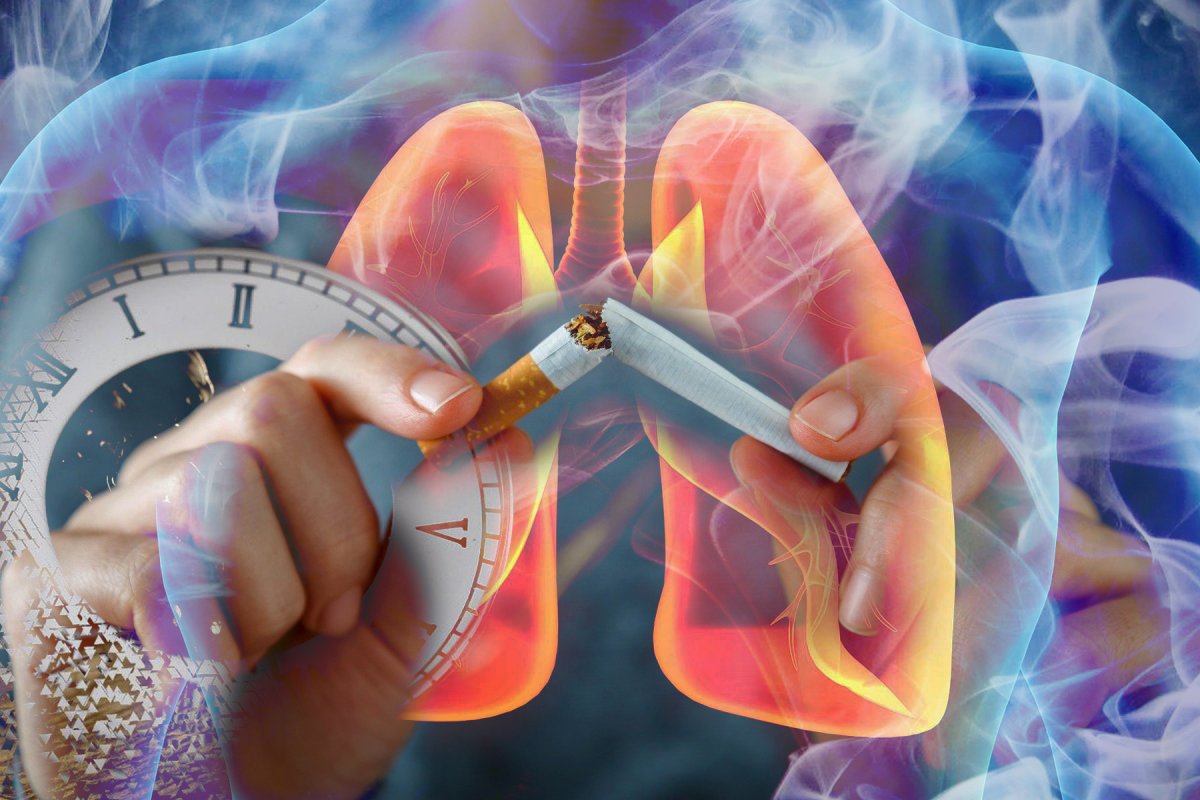
The Root Causes: Understanding Why Smoking Is So Harmful
To fully grasp the detrimental effects of smoking, it’s essential to understand the underlying causes that make it so harmful to human health. There are five primary reasons why smoking is so dangerous:
1. Toxic Chemical Exposure
Cigarette smoke contains over 7,000 chemicals, with at least 70 known to cause cancer. These toxins include formaldehyde, arsenic, and benzene. When inhaled, these chemicals can cause immediate damage to cells and DNA, leading to mutations that may result in cancer and other diseases.
2. Carbon Monoxide Inhalation
Smoking introduces carbon monoxide into the bloodstream, which reduces the blood’s ability to carry oxygen. This can lead to cardiovascular problems and decreased organ function over time.
3. Nicotine Addiction
Nicotine, the addictive substance in tobacco, causes physical dependence and alters brain chemistry. This addiction makes it difficult for smokers to quit, perpetuating the cycle of harmful exposure.

4. Oxidative Stress
Smoking increases oxidative stress in the body, leading to inflammation and cellular damage. This process accelerates aging and contributes to the development of various chronic diseases.
5. Impaired Immune Function
The chemicals in cigarette smoke weaken the immune system, making smokers more susceptible to infections and reducing the body’s ability to fight off diseases.
Breaking Free: The Challenge of Quitting and Common Withdrawal Symptoms
Quitting smoking is a significant challenge for many individuals due to the addictive nature of nicotine. When a person stops smoking, they often experience withdrawal symptoms as their body adjusts to the absence of nicotine. Understanding these symptoms can help smokers prepare for the quitting process and increase their chances of success.
7 Common Withdrawal Symptoms
Here are seven of the most common withdrawal symptoms experienced by those who quit smoking:
- Cravings for cigarettes
- Irritability and mood swings
- Restlessness and anxiety
- Difficulty concentrating
- Sleep disturbances
- Increased appetite
- Headaches
These symptoms can be challenging to manage, but it’s important to remember that they are temporary and will subside over time as the body adjusts to being nicotine-free.

Strategies for Managing Withdrawal Symptoms
Successfully quitting smoking often requires a combination of strategies to manage withdrawal symptoms effectively. Here are some proven methods to help smokers cope with the challenges of quitting:
Nicotine Replacement Therapy (NRT)
NRT products such as patches, gum, or lozenges can help reduce cravings and ease withdrawal symptoms. They provide controlled doses of nicotine without the harmful chemicals found in cigarette smoke.
Physical Activity
Regular exercise can help alleviate stress, improve mood, and reduce cravings. Even short bursts of activity, like a brisk walk, can be beneficial during moments of intense craving.
Mindfulness and Relaxation Techniques
Practices such as deep breathing exercises, meditation, or yoga can help manage stress and anxiety associated with quitting smoking.
Behavioral Changes
Identifying and avoiding triggers that prompt smoking urges can be helpful. This might involve changing routines, avoiding certain social situations temporarily, or finding new ways to cope with stress.
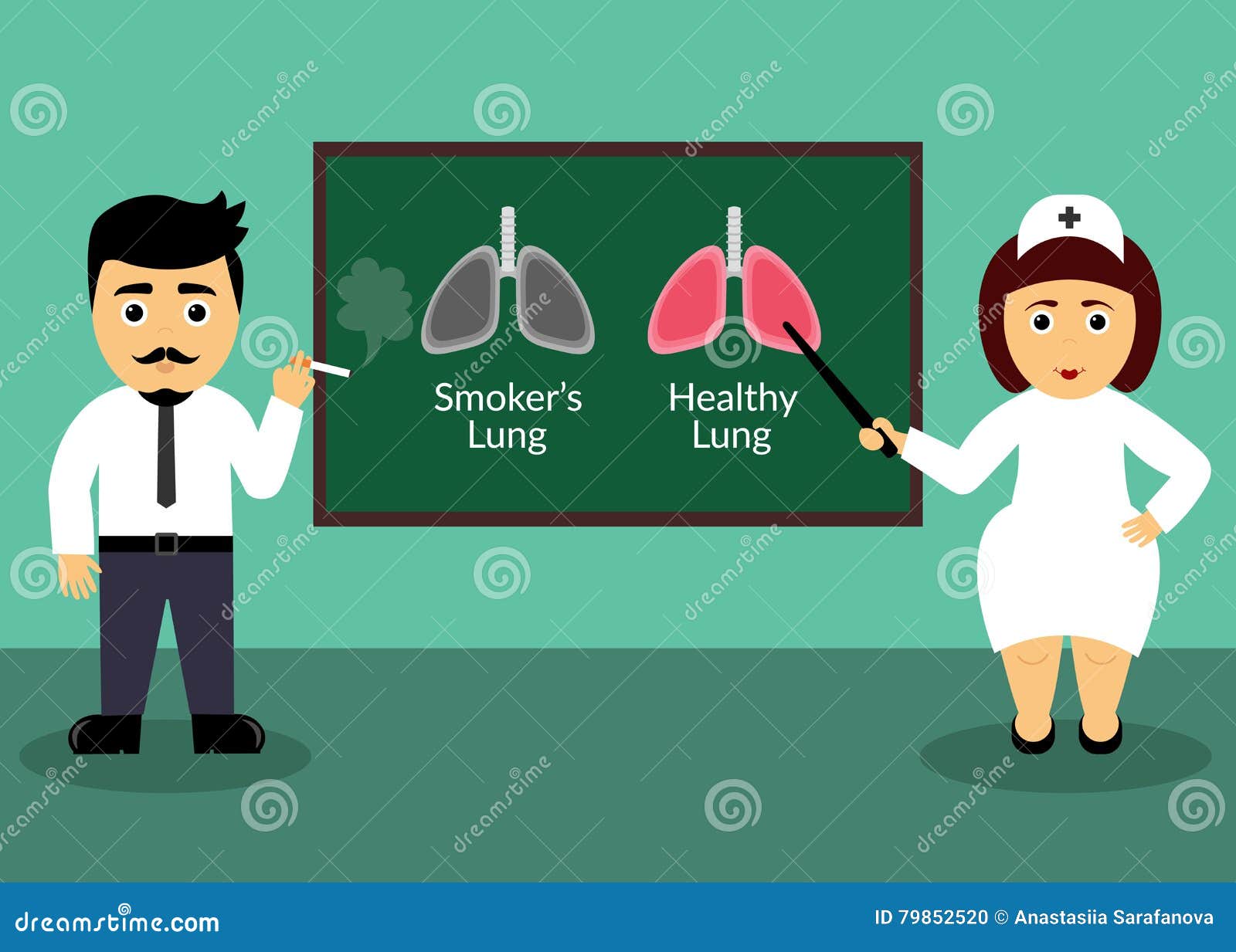
Support Systems
Seeking support from friends, family, or support groups can provide encouragement and accountability during the quitting process.
The Long-Term Benefits of Quitting Smoking
While the immediate challenges of quitting smoking can be daunting, the long-term benefits are substantial and begin almost immediately after the last cigarette. Understanding these benefits can serve as powerful motivation for those considering quitting or struggling through the early stages of cessation.
Immediate Benefits
Within 20 minutes of quitting, heart rate and blood pressure begin to drop. After 12 hours, carbon monoxide levels in the blood return to normal. These rapid improvements demonstrate the body’s remarkable ability to heal once smoking stops.
Short-Term Benefits (1-9 months)
In the months following quitting, circulation improves, lung function increases, and coughing and shortness of breath decrease. The risk of heart attack begins to drop, and the immune system starts to recover.
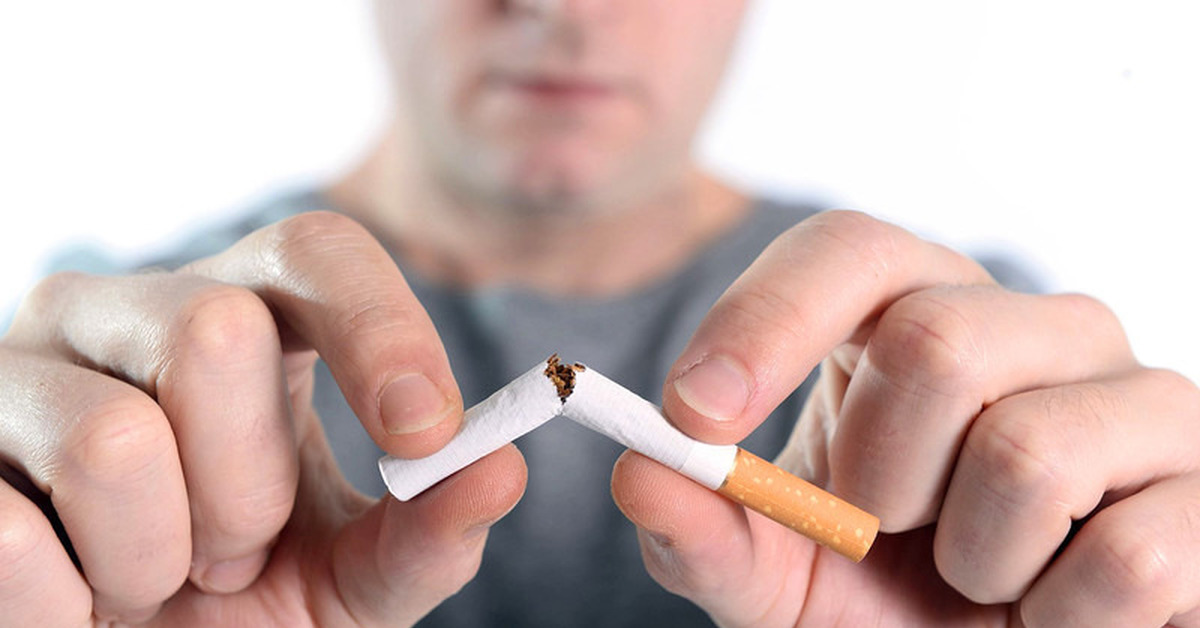
Long-Term Benefits (1-15 years)
Over the years, the risk of various cancers and heart disease continues to decrease. After 10 years, the risk of lung cancer falls to about half that of a smoker. After 15 years, the risk of coronary heart disease is close to that of a non-smoker.
The Role of Healthcare Providers in Smoking Cessation
Healthcare providers play a crucial role in helping smokers quit. They can offer valuable support, resources, and medical interventions to increase the chances of successful cessation.
Screening and Assessment
Regular screening for tobacco use allows healthcare providers to identify smokers and assess their readiness to quit. This opens the door for discussions about the health risks of smoking and the benefits of quitting.
Personalized Quit Plans
Healthcare providers can work with patients to develop personalized quit plans that take into account individual preferences, past quit attempts, and specific health concerns.
Pharmacological Support
Prescription medications such as varenicline or bupropion can be prescribed to help manage cravings and withdrawal symptoms. These medications, when combined with counseling, can significantly increase the chances of successful quitting.

Follow-up and Monitoring
Regular follow-up appointments allow healthcare providers to monitor progress, adjust treatment plans if necessary, and provide ongoing support and encouragement.
The Economic Impact of Smoking and the Benefits of Quitting
Beyond the health implications, smoking has significant economic consequences for individuals, healthcare systems, and society at large. Understanding these economic factors can provide additional motivation for smokers to quit and for policymakers to implement smoking cessation programs.
Personal Financial Costs
The direct cost of purchasing cigarettes can be substantial over time. In addition, smokers often face higher insurance premiums and may incur additional healthcare costs due to smoking-related illnesses.
Healthcare System Burden
Smoking-related illnesses place a significant burden on healthcare systems worldwide. The cost of treating these conditions strains medical resources and contributes to rising healthcare costs for everyone.

Workplace Productivity
Smokers tend to take more sick days and may be less productive due to smoking breaks and health issues. This impacts both individual earning potential and overall economic output.
Economic Benefits of Quitting
Quitting smoking can lead to immediate and long-term financial benefits. These include savings on cigarette purchases, potential reductions in insurance premiums, and decreased healthcare costs over time.
The Future of Smoking Cessation: Emerging Trends and Technologies
As our understanding of nicotine addiction and smoking cessation evolves, new approaches and technologies are emerging to help smokers quit more effectively. These innovations offer hope for reducing smoking rates and improving public health outcomes.
Digital Health Interventions
Smartphone apps, text messaging programs, and online support communities are becoming increasingly popular tools for smoking cessation. These digital interventions can provide real-time support, track progress, and offer personalized strategies for managing cravings and withdrawal symptoms.
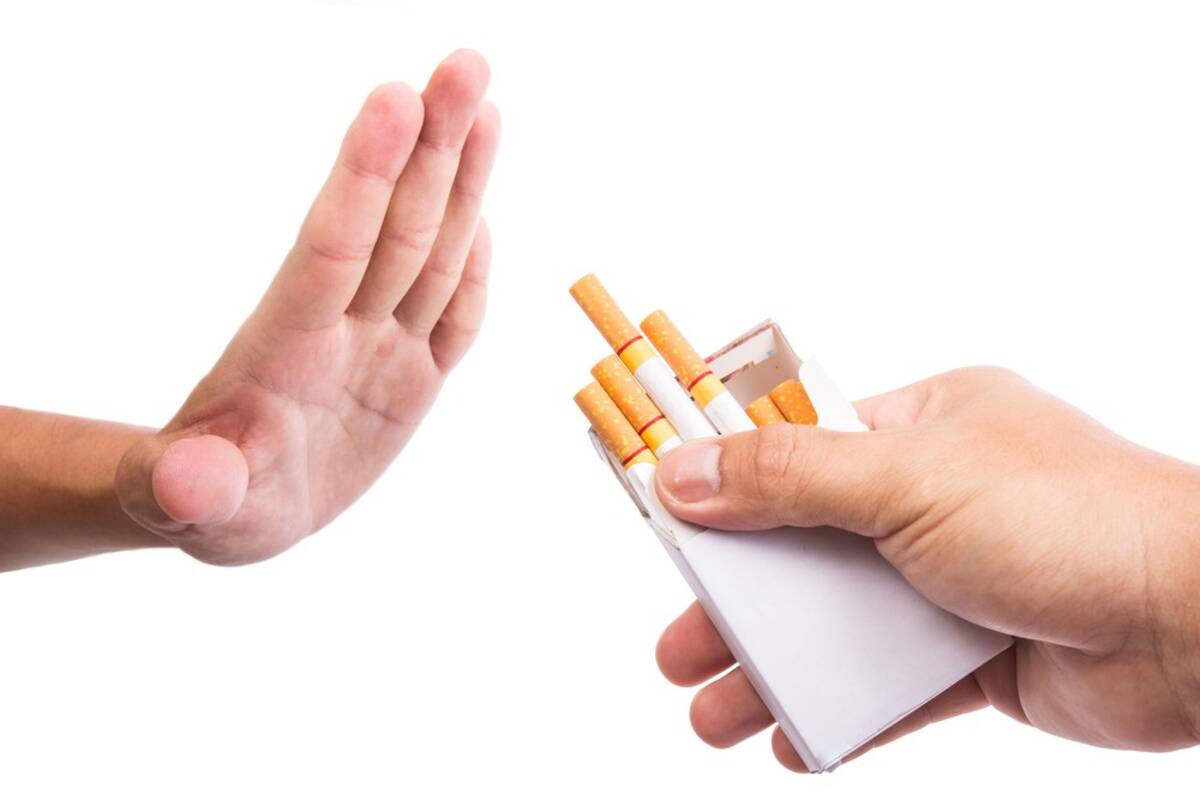
Genetic Testing
Advances in genetic research are allowing for more personalized approaches to smoking cessation. By identifying genetic factors that influence nicotine metabolism and addiction, healthcare providers may be able to tailor treatments more effectively to individual patients.
Novel Pharmacotherapies
Research into new medications for smoking cessation continues, with promising candidates in development. These may offer more effective options for managing cravings and withdrawal symptoms, potentially increasing quit rates.
Virtual Reality Therapy
Virtual reality technologies are being explored as a tool for smoking cessation. These immersive experiences can help smokers practice coping strategies and visualize the benefits of quitting in a controlled, supportive environment.
In conclusion, the health risks associated with smoking are numerous and severe, affecting nearly every system in the body. The 19 illnesses, 17 symptoms, and 5 underlying causes discussed highlight the urgent need for effective smoking cessation strategies. While quitting can be challenging, with 7 common withdrawal symptoms to manage, the long-term benefits far outweigh the temporary discomfort. By understanding the full impact of smoking on health and utilizing available resources and emerging technologies, smokers can take significant steps towards a healthier, smoke-free life. Healthcare providers, policymakers, and society as a whole have a crucial role to play in supporting these efforts and working towards a future where smoking-related illnesses are significantly reduced.

7 Common Withdrawal Symptoms | Quit Smoking | Tips From Former Smokers
And What You Can Do About Them
Español (Spanish) | Print
Trying to quit smoking feels different for each person, but almost everyone will have some symptoms of nicotine withdrawal. When you stop, your body and brain have to get used to not having nicotine. This can be uncomfortable, but nicotine withdrawal can’t hurt you – unless you give in and have a cigarette!
Over time, withdrawal symptoms will fade as long as you stay smokefree.
Almost everyone who smokes regularly has cravings or urges to smoke when they quit. They may be mild or can sometimes feel overwhelming. Figuring out how to deal with cravings is one of the most important things you can do to stay successful.
Ways to manage: There are LOTS of things you can do to make urges and cravings less of a problem. Quit-smoking medicines can help a lot, and so can other quitting tips. Cravings can be triggered by things that make you think about smoking—like people you smoked with, a place you often smoked, or things you used to do while smoking like having a cup of coffee. Even a thought or a feeling can trigger a craving. But other thoughts can help you get through a craving, like remembering why you are quitting. Remember that you never have to give in to a craving, and that it will always pass.
Cravings can be triggered by things that make you think about smoking—like people you smoked with, a place you often smoked, or things you used to do while smoking like having a cup of coffee. Even a thought or a feeling can trigger a craving. But other thoughts can help you get through a craving, like remembering why you are quitting. Remember that you never have to give in to a craving, and that it will always pass.
- Use a quit-smoking medicine.
- Keep busy and distract yourself.
- Be active – some physical activity is better than none!
- Spend time with friends who don’t smoke.
- See other ways to manage withdrawal.
It is very common to feel irritated or grouchy when you quit. Even many people who have never smoked know this is part of quitting. Knowing this is normal can be helpful.
Ways to manage: Remind yourself that you likely feel this way because your body is getting used to being without nicotine. Take a few deep breaths and remind yourself why you’re quitting.
Feeling jumpy or restless during the first days or weeks after quitting is normal. Just like your mind gets irritated without nicotine at first, the rest of your body can, too.
Ways to manage: Doing some physical activity can help shake loose your jumpiness. Get up and walk around for a bit if you feel restless. Try cutting back on coffee, tea, and other caffeinated drinks. When you quit smoking, caffeine lasts longer in your body.
You may notice that it is harder to concentrate in the first days after you quit—this is very common.
Ways to manage: Try to cut yourself some slack, especially in the first days after you quit. Try to limit activities that require strong concentration if you can.
It’s common to have some trouble sleeping when you first quit smoking. This will get better, but if it is bothering you, talk with your healthcare provider to get help. If you become exhausted from poor sleep, this can make it harder to stay quit./ativan-withdrawal-symptoms-4588394_final-6bb2e0e1202b4092ba7297c475a8509f.png)
Ways to manage:
- If you drink coffee, tea, or other caffeinated drinks regularly, don’t drink them in the late afternoon or evening. When you quit smoking, caffeine lasts longer in your body.
- If you are using the nicotine patch, try taking it off an hour before bedtime. Sometimes the nicotine in the patch can affect your sleep.
- Try some of the other things that can help you get a good night’s sleep:
- Don’t watch TV or use phones, computers, or e-books in bed.
- Make sure your bedroom is quiet, dark, relaxing, and at a comfortable temperature.
- Don’t eat a heavy meal or drink alcohol right before bed.
- Add in some physical activity during the day (but not right before bed).
- Go to sleep and wake up around the same time each day, even on weekends.
It’s normal for your appetite to increase some when you quit. And your body may not burn calories quite as fast. You may also eat more because of the stress of quitting or to have something to do with your hands and mouth.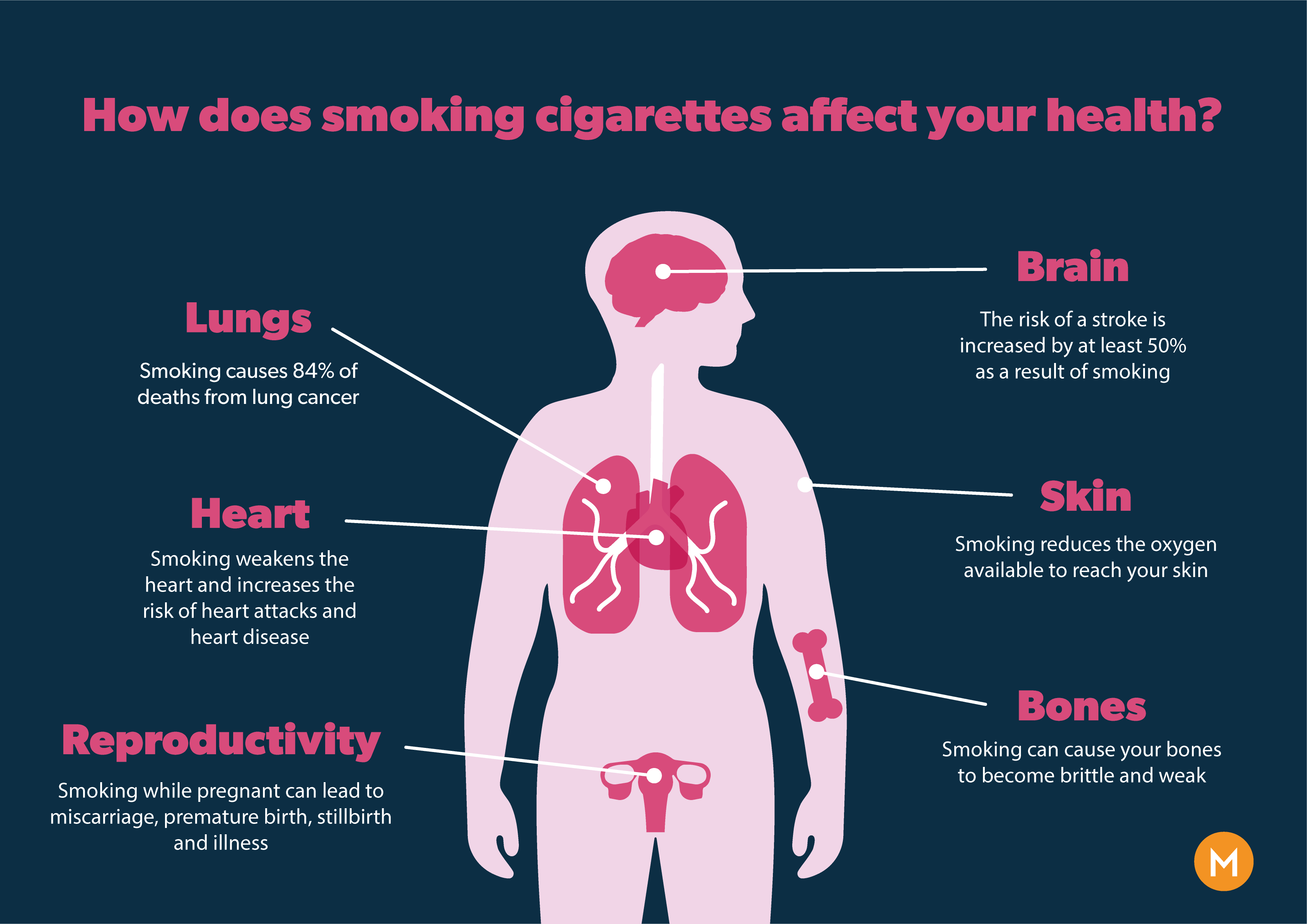 Food may even be more enjoyable because your senses of smell and taste are not being dulled by all that smoke!
Food may even be more enjoyable because your senses of smell and taste are not being dulled by all that smoke!
Ways to manage: While some people may gain weight after they quit, it’s important for your health to quit sooner than later. Below are a few simple things you can do to help control weight gain after quitting. The bonus is that these things will help you build healthy behaviors for a lifetime of being smokefree!
- Snack smart. If you eat between meals, find some healthy, low-calorie foods that still give your mouth and hands something to do, like celery, carrots, or sugar-free mints. You can also keep your hands and mouth busy with a toothpick or a straw.
- Be active. Any physical activity is better than none. Even if you don’t want to join a gym or take up running, simply going for a walk can have real health benefits!
- When you eat, focus on eating. Eating is often something we do in the background while we watch TV or check our phones.
 When we eat like this, we eat more. When you quit smoking, make a point of removing distractions when you eat. Also try eating a bit slower and focus on enjoying your food. This can help you notice when you are getting full.
When we eat like this, we eat more. When you quit smoking, make a point of removing distractions when you eat. Also try eating a bit slower and focus on enjoying your food. This can help you notice when you are getting full.
If you are worried about gaining weight, a quit coach can help you with other quitting tips, or you can talk with your healthcare provider for help.
People who smoke are more likely to have anxiety or depression than people who don’t smoke. Some people feel mood changes for a short time after they quit smoking. Watch for this, especially if you’ve ever had anxiety or depression.
For some people, smoking may seem like it helps with anxiety or depression, but don’t be tricked. Smoking might make you feel better in the short-term, but that’s because the nicotine in cigarettes stops the discomfort of withdrawal, not because it is helping with anxiety or depression. There are much better ways to deal with withdrawal symptoms and mood changes than returning to smoking! The good news is that once people have been smoke-free for a few months, their anxiety and depression levels are often lower than when they were smoking.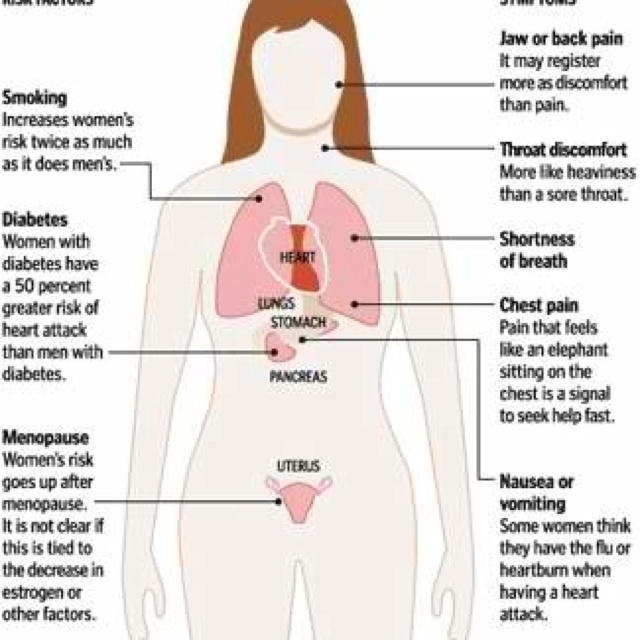
Ways to manage:
- Be Active. Being physically active can help lift your mood. Start small and build up over time. This can be hard to do if you’re feeling down. But your efforts will pay off.
- Structure your day. Stay busy. Get out of the house if you can.
- Connect with other people. Being in touch or talking with others every day can help your mood. Try to connect with people who are supportive of your efforts to quit smoking.
- Reward yourself. Do things you enjoy. Even small things add up and help you feel better.
- Talk with a healthcare provider. If you don’t feel better in a couple weeks, or your symptoms feel unmanageable, it’s important to contact a healthcare provider.
What if feelings of depression get worse, or don’t get better? You should get help. Talk to your healthcare provider, call the quitline (1-800-QUIT-NOW), or seek appropriate emergency help.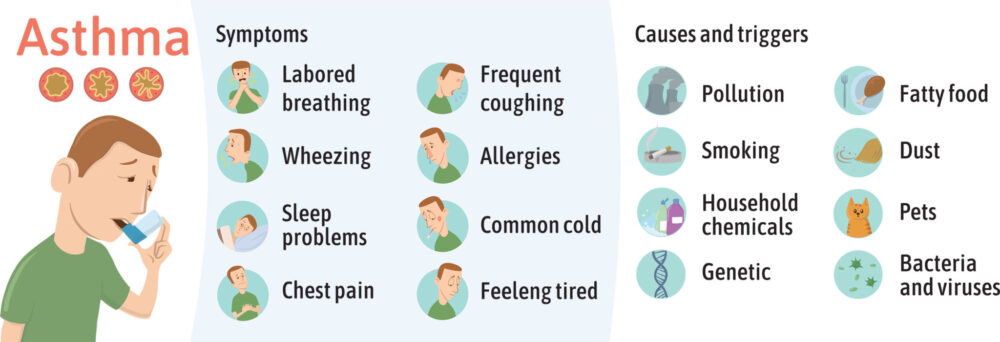
- Sometimes people who are feeling depressed think about hurting themselves or dying. If you or someone you know is having these feelings, get help now.
- Call or text the 988 Suicide & Crisis Lifeline at 988, available 24 hours a day, 7 days a week. Online chatexternal icon is available 24/7.
- Call 911 or go to the nearest hospital emergency department for emergency medical treatment.
- Don’t be alone. Don’t leave another person alone if he or she is in crisis.
Top of Page
Health Effects of Smoking on Your Body
Smoking can cause long-term negative effects on the body, including heart disease, cancer, and diabetes.
Whether smoked or chewed, tobacco is dangerous to your health. Tobacco products contain unsafe substances, from acetone and tar to nicotine and carbon monoxide. The inhaled substances can affect your lungs and the other organs in your body.
Smoking can lead to ongoing complications and long-term effects on your body systems. While smoking can increase your risk of certain health conditions over years, like glaucoma, cancer, and issues with blood clotting, some of the bodily effects happen immediately.
But quitting smoking can reverse many of these effects on your body.
Learn more about the symptoms and overall effects of smoking on the body below.
Tobacco smoke is incredibly harmful to your health. There’s no safe way to smoke. Replacing your cigarette with a cigar, pipe, e-cigarette, or hookah won’t help you avoid the health risks.
According to the American Lung Association, cigarettes contain about 600 ingredients. Many of these ingredients are also in cigars and hookahs. When they burn, they generate more than 7,000 chemicals, many of which are toxic. At least 69 of them are carcinogenic, or known to cause cancer.
In the United States, the mortality rate for smokers is three times that of people who never smoked.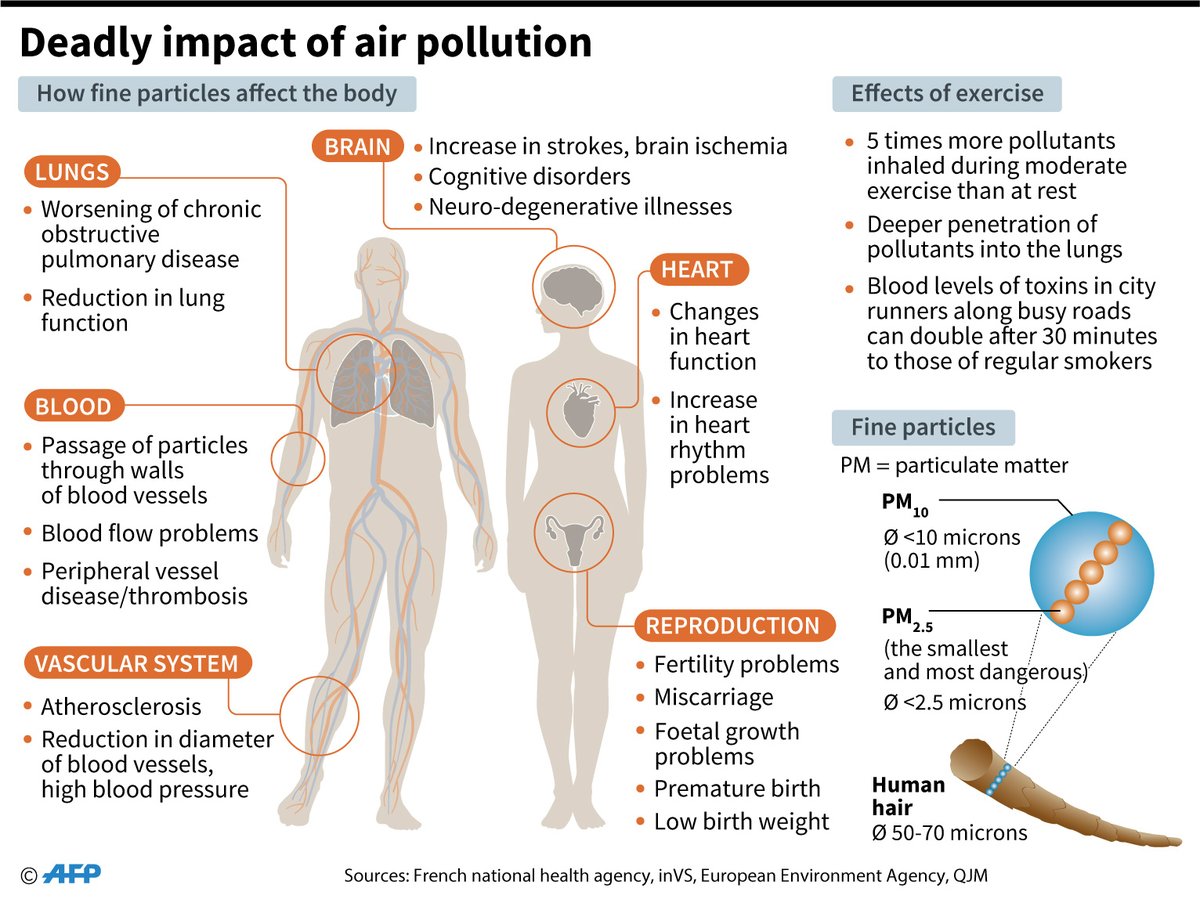 In fact, the Centers for Disease Control and Prevention (CDC) note that smoking is the most common preventable cause of death in the United States.
In fact, the Centers for Disease Control and Prevention (CDC) note that smoking is the most common preventable cause of death in the United States.
While not all the effects of smoking are immediate, the complications and damage can last for years. The good news is that quitting smoking can reduce many risk factors for the conditions and diseases below.
Smoking can harm the organs in your body and negatively impact your overall health.
Smoking can increase inflammation throughout your body and negatively affect your immune system. This may make you more susceptible to infection.
Smoking is an environmental risk factor for conditions such as rheumatoid arthritis, though researchers do not yet understand the mechanism behind the connection.
A well-studied link also exists between smoking and many types of cancer. Smoking can increase your risk of developing cancer almost anywhere in your body. This includes the following cancer types:
- bladder cancer
- acute myeloid leukemia
- cervical cancer
- colorectal cancer
- esophageal cancer
- kidney and uterine cancer
- laryngeal cancer
- liver cancer
- oropharyngeal cancer (which can include parts of your throat, tongue, tonsils, and soft palate)
- pancreatic cancer
- stomach or gastric cancer
- tracheal, bronchial, and lung cancer
If you quit smoking, the risk of developing most of these types of cancers decreases in about 10 to 20 years, depending on the type of cancer. However, your risk will still be higher than that of people who have never smoked.
However, your risk will still be higher than that of people who have never smoked.
One of the ingredients in tobacco is the mood-altering drug nicotine. Nicotine is habit-forming and highly addictive. It is one reason why people find it so difficult to quit smoking.
Nicotine reaches your brain in seconds and can energize you for a while. But as the effect wears off, you may feel tired and crave more. Physical withdrawal from nicotine can impair your ability to think and make you feel negative emotions. These may include:
- anxiety
- irritability
- depression
Withdrawal can also cause headaches and trouble sleeping.
Vision
Smoking long-term can affect your vision and optic nerve. It may lead you to develop certain conditions that affect the eyes. These can include:
- glaucoma, in which the pressure in the eye increases, which puts pressure on the optic nerve causing damage and loss of sight
- cataracts, which cause cloudy vision
- age-related macular degeneration, which causes damage to a spot in the center of your retina and causes loss of your central vision
Smoking damages the airways, air sacs (alveoli) in the lungs, and cilia, which are tiny hair-like structures that prevent dirt and mucus from entering your lungs.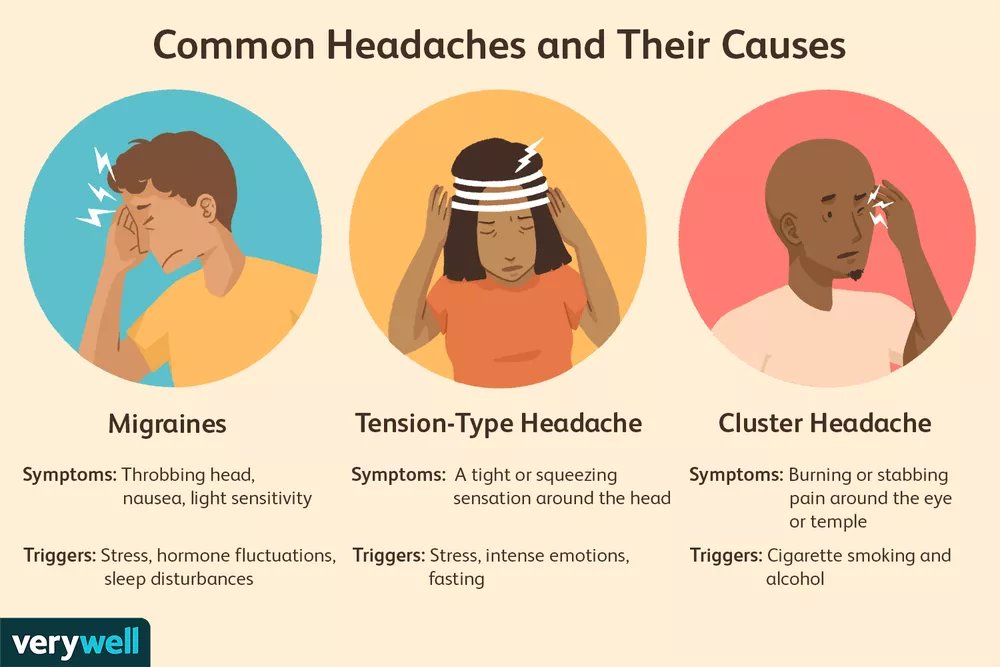
Lung damage
Smoking causes lung damage and tissue loss that never comes back.
Damage to the respiratory system can also make you more susceptible to certain infections that affect the lungs, like tuberculosis and pneumonia, and increase the possibility of death from those illnesses.
Smoking can cause you to develop a chronic cough. It can also worsen asthma attacks, if you have asthma.
Cancer risk
Lung damage from smoking can cause lung disease or lung cancer. Smoking is the leading cause of lung cancer, and people who smoke are 20 times more likely than nonsmokers to be diagnosed with lung cancer.
Chronic lung conditions
People who smoke are at higher risk for chronic nonreversible lung conditions such as:
- emphysema, the destruction of the air sacs in your lungs
- chronic bronchitis, permanent inflammation that affects the lining of the breathing tubes of the lungs
- chronic obstructive pulmonary disease (COPD), a group of lung diseases
- lung cancer
- adult-onset asthma
Withdrawal from tobacco products can cause temporary congestion and respiratory discomfort as your lungs and airways begin to heal. Increased mucus production right after quitting smoking may be a positive sign that your respiratory system is recovering.
Increased mucus production right after quitting smoking may be a positive sign that your respiratory system is recovering.
In infants, children, and teens
Babies may be born with underdeveloped lungs if the pregnant person smokes during pregnancy.
Children whose parents or caregivers smoke cigarettes may also experience certain health conditions at a higher rate than children whose caregivers do not smoke. These can include:
- coughing
- wheezing
- asthma attacks
- pneumonia
- tuberculosis
- bronchitis
- reduced lung function
- impaired lung growth
- idiopathic pulmonary fibrosis
Teens who smoke can end up with lungs that are smaller and weaker than the lungs of teens who don’t smoke.
Nicotine affects blood flow to the genital areas of both men and women.
Fertility problems
Smoking may also contribute to fertility issues and lower sex hormone levels in males and females, leading to decreased sexual desire.
In people with vaginas
For people with vaginas, it can result in sexual dissatisfaction by decreasing lubrication and the ability to reach orgasm. Menopause also may occur earlier in smokers than in nonsmokers.
Smoking influences hormone production and can make it harder for people with vaginas to become pregnant. It can also increase the risk of:
- early delivery
- low birth weight
- stillbirth
- sudden infant death syndrome (SIDS)
- ectopic pregnancy
- cleft palate and lip in infants
In people with penises
For people with penises, smoking can decrease sexual performance.
Smoking can negatively affect the function of blood vessels, which may restrict the blood flow needed to achieve an erection in people with penises. This may result in erectile dysfunction (ED). ED can also lead to fertility problems.
It can also damage the DNA in sperm, making it difficult to conceive and increasing the risk of miscarriage and certain birth defects.
According to the CDC, 1 in 4 deaths in the U.S. result from cardiovascular disease caused by cigarette smoking.
Smoking can damage the cardiovascular system, including your:
- heart
- arteries
- blood vessels
Nicotine causes blood vessels to tighten, which restricts the flow of blood. Smoking also raises blood pressure, weakens blood vessel walls, and increases your risk of blood clots.
These factors raise your risk for cardiovascular disease, including:
- atherosclerosis
- coronary heart disease, including heart attack and sudden cardiac death
- stroke
- peripheral artery disease
- abdominal aortic aneurysm
You’re also at an increased risk of worsening heart disease if you’ve already had:
- heart bypass surgery
- a heart attack
- a stent placed in a blood vessel
Secondhand smoke
Smoking impacts your cardiovascular health and also affects the health of those around you who don’t smoke.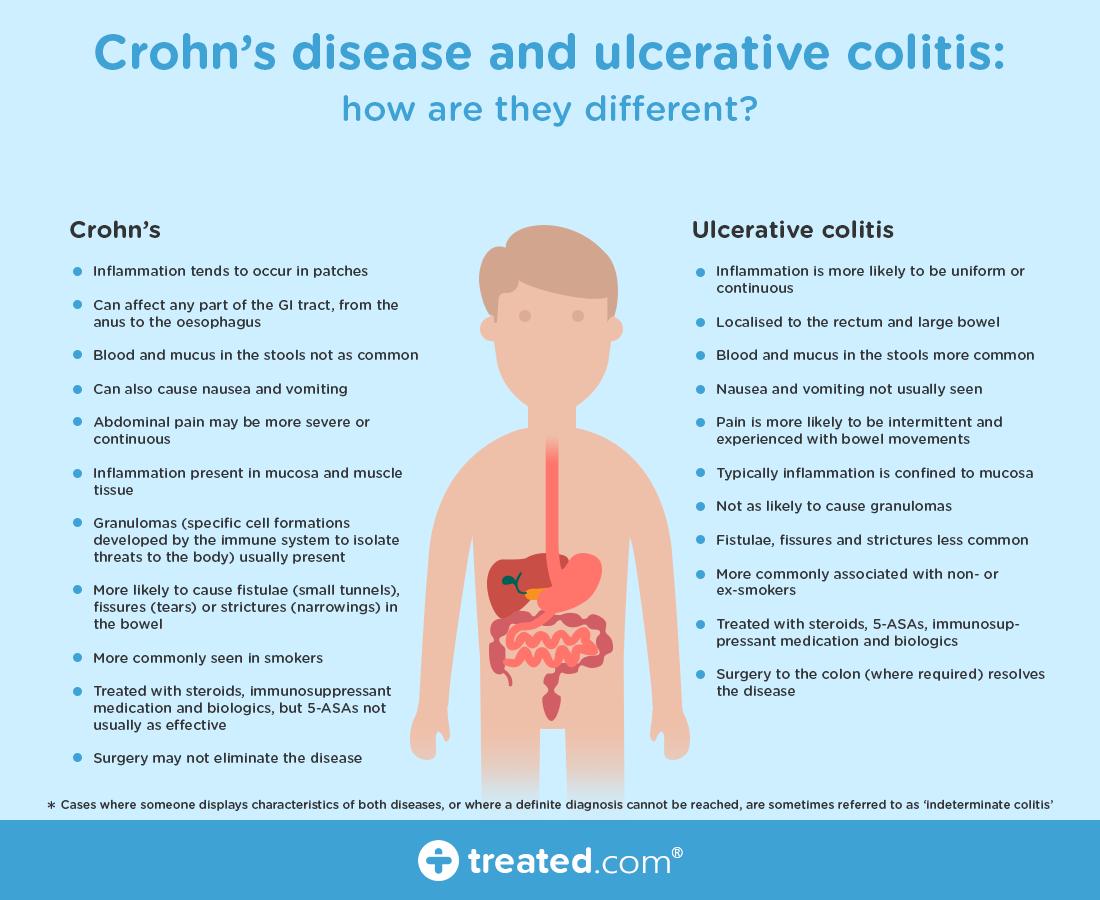 Exposure to secondhand smoke carries the same risk to a nonsmoker as someone who does smoke. Risks can include:
Exposure to secondhand smoke carries the same risk to a nonsmoker as someone who does smoke. Risks can include:
- stroke
- heart attack
- heart disease
Smoking cigarettes can affect your skin, hair, and nails.
Skin
Substances in tobacco smoke can change the structure of your skin. This may contribute to:
- premature skin damage associated with aging
- wrinkles
- delayed wound healing
- developing hidradenitis suppurativa, a skin condition that causes painful boils
- developing psoriasis, or triggering more severe psoriasis
- developing certain types of skin cancer
Smoking can increase the risk of developing squamous cell carcinoma (skin cancer) on the lips.
Hair
There’s also a link between smoking and androgenic alopecia, a condition that causes hair loss in males. Smoking causes hair loss due to:
- vasoconstriction
- DNA damage
- generation of free radicals
- hormonal effects
Nails
It may also affect your fingernails and toenails and increase the likelihood of fungal nail infections.
Cigarette smoking can affect the digestive system in multiple ways.
Cancer risk
Smoking increases the risk of cancer in the organs of the digestive system. This can include cancer of the:
- mouth
- throat
- larynx
- esophagus
- stomach
- pancreas
- colon and rectum
Even people who “smoke but don’t inhale” face an increased risk of mouth cancer.
Type 2 diabetes
Smoking also has an effect on insulin, making it more likely that you’ll develop insulin resistance. People who smoke cigarettes have a 30% to 40% greater risk of developing type 2 diabetes and its complications.
Type 2 diabetes tends to develop faster in people who smoke than people who do not smoke, as it may be harder to control.
Periodontal disease
Smoking can raise your risk for periodontal disease or disease affecting the gums. This happens because smoking causes inflammation around the teeth and increases your risk for bacterial infections.:max_bytes(150000):strip_icc()/3231789_color1-5c0175fc46e0fb00014ab433.png) The gums may become swollen and bleed (gingivitis) and eventually begin to pull away from the teeth (periodontitis).
The gums may become swollen and bleed (gingivitis) and eventually begin to pull away from the teeth (periodontitis).
Smoking can negatively impact your bone health by reducing your bone density and contributing to bone loss.
Tobacco use is linked to developing conditions like osteoporosis or experiencing bone fractures. Smoking can also have a negative impact on bone healing if you experience a fracture.
In females, smoking may cause menopause to come earlier. Menopause speeds up bone loss. Combined with smoking, it may accelerate these effects, leading to osteoporosis.
Smoking also affects the health of your teeth and may cause tooth decay and loss.
Smoking cigarettes increases your risk for health conditions that can affect the whole body. Smoking can cause cancer in many of the body’s organs. It can also reduce fertility, increase the chance of developing type 2 diabetes, and contribute to bone loss.
But quitting smoking reduces many of these risks. It also has both short and long-term benefits. Since smoking affects every body system, finding a way to quit can help you live a longer and healthier life.
It also has both short and long-term benefits. Since smoking affects every body system, finding a way to quit can help you live a longer and healthier life.
Smoking cessation programs may help. Doctors may also recommend prescription and nonprescription medications to help you quit.
You can turn to our smoking cessation resource center, which has tips for how to stop smoking, information on smoking cessation therapies, and more.
Smoking cigarettes and tobacco – harm, consequences, effects on the body, refusal, treatment, prevention
Stages
Causes
Symptoms
Complications
Diagnosis
Treatment
90 002 Prevention
Smoking is a type of chemical dependence that is associated with the regular inhalation of cigarette smoke. Along with alcoholism, drug addiction and caffeine addiction, addiction to nicotine – the main psychoactive substance found in tobacco – is very common.
According to the World Health Organization, every third person in the world suffers from nicotine addiction. It affects men and women mostly older than 15 years.
It affects men and women mostly older than 15 years.
Daily tobacco and cigarette smoking is highly addictive. The legalization of this psychostimulant, the preservation of activity and efficiency when using it, affect the spread of addiction throughout the world.
Smoking causes great harm to human health and the immune system. Tobacco addiction leads to negative consequences and the development of serious diseases of the oral cavity, internal organs and mental imbalance. Although people who are addicted to smoking find great benefits in it, believing that the habit calms and saves from depression.
Stages
Researchers believe that most smokers first start using cigarettes in early childhood.
In total, there are three critical stages or periods when a person becomes addicted to smoking, namely:
- 10-11 years – at this age, smoking is episodic; children have a great interest in everything new, including smoking;
- 12-13 years old – this period is characterized by repeated use of cigarettes in order to get vivid emotions and stand out from their peers;
- 15-16 years old – by this age, systematic smoking predominates in many adolescents.

Causes
Psychologists and psychotherapists classify smoking as a psychological addiction. However, some experts note that addiction to cigarettes develops against the background of other factors:
- Social. They include problems in interpersonal relationships, isolation, a desire to seem like an adult, difficulties with communication.
- Biological. The body’s response to smoking and nicotine intake, which varies from one person to another.
The first desire to try to smoke a cigarette occurs in children and adolescents out of curiosity. An important factor is the feeling of dissatisfaction. Beginning smokers see smoking as an opportunity to stand out from the crowd and assert themselves. In addition, it is not uncommon for a close person, an adult relative or peer who has the status of authority, to encourage addiction.
Risk factors that may lead to smoking include:
- parental dependence on tobacco and alcohol;
- life in an unfavorable environment;
- low social status of the family;
- stress, prolonged depression, personal experiences;
- having pocket money at an early age.

Hereditary predisposition also plays a big role in acquiring the habit of smoking. According to experts, in more than 50% of cases, the genetic factor contributes to the development of tobacco dependence.
Symptoms
Signs of nicotine addiction vary from one smoker to another. With a single use of a cigarette, the following manifestations are possible:
- decrease in blood pressure;
- increased heart rate and respiration;
- dizziness;
- anxiety;
- weakness;
- feelings of anxiety and fear.
In rare cases, pre-syncope is observed or fainting is diagnosed.
Another type of body reaction to smoking is dissociated. It is manifested by a feeling of psychological comfort, combined with slight dizziness. Some people also report muscle weakness, heaviness in the abdomen, and nausea. Such signs often lead to future tobacco dependence.
Other symptoms that smokers may experience include:
- feeling of euphoria;
- mood enhancement;
- psychological relaxation;
- increased metabolism and intestinal motility;
- increased blood pressure.

With frequent use of cigarettes, a tolerance to nicotine develops, which increases with each smoking. At the same time, there is a decrease in the brightness of effects, such as improved mood and euphoria. But after a short break (several hours) and with the next smoking, the sensations intensify again.
Complications
Physical and psychological nicotine dependence is formed over several years. Over time, smoking has a negative impact on the functioning of internal organs, skin condition, psychological stability of a person and health in general.
The consequences of long-term smoking include:
- development of hypertension;
- increased risk of arrhythmia, myocardial infarction and stroke;
- pulmonary thrombosis;
- increased blood viscosity;
- accumulation of cholesterol and its accumulation on the walls of blood vessels in the form of plaques;
- hypoxia.
In addition, a small part of the components of cigarette smoke, along with saliva, enters the esophagus. This provokes the development of irritation of the stomach, the walls of the esophagus and the oral cavity. Teeth can turn yellow and the enamel become brittle.
This provokes the development of irritation of the stomach, the walls of the esophagus and the oral cavity. Teeth can turn yellow and the enamel become brittle.
Smoking slows down the digestion of food and causes such gastrointestinal diseases as:
- colitis;
- peptic ulcer;
- gastritis.
It is also worth noting that smoking gradually kills brain cells and leads to its atrophy. Such processes entail a decrease in human cognitive abilities and impaired cerebral circulation.
Lung health and function also change after smoking. Nicotine addiction is a direct factor that provokes the development of chronic obstructive pulmonary disease, or COPD. The condition is manifested by persistent cough, shortness of breath and weakness of the smoker.
Diagnosis
The diagnosis is made on the basis of clinical manifestations. Additional studies are not required, except in cases where the patient complains of feeling unwell. Depending on the specific situation, the doctor may prescribe the following diagnostic examinations:
Depending on the specific situation, the doctor may prescribe the following diagnostic examinations:
- complete blood count;
- urinalysis;
- biochemical analysis of saliva;
- measurement of carbon monoxide in exhaled air;
- spirometry;
- polymerase chain reaction;
- C-reactive protein;
- nicotine test.
Treatment
Quitting smoking will increase the quality and duration of life, as well as relieve the development of serious diseases, including cancer.
If you want to quit smoking, you should contact a narcologist. Treatment of tobacco dependence and the consequences of smoking is aimed at getting rid of physiological and psychological cravings.
The combination of cognitive behavioral therapy and pharmaceuticals shows good results. Doctors prescribe a course of nicotine replacement therapy, which in most cases involves the use of a nicotine patch, sprays, chewing gum or lozenges.
Behavioral treatment for tobacco dependence can last up to six months. Specialists conduct sessions at different intervals: from once a week to once a month. The duration is no more than half an hour. Therapy includes:
- formation of new attitudes by the type of repetition of affirmations;
- connecting family members to work who can cheer;
- identifying the true reason why a person continues to smoke.
Both directions of treatment can be both face-to-face and remote. In many cases, remote therapy is much more effective than face-to-face meetings with a specialist – a narcologist or a psychotherapist.
After quitting smoking, patients notice what happens to the body, namely:
- cells are saturated with oxygen – dizziness and fainting disappear;
- lung volume becomes larger, which affects the purity of breathing;
- the body removes the remnants of nicotine components – the metabolism is accelerated and the work of the gastrointestinal tract improves.

Prophylaxis
In order to prevent smoking addiction everywhere, the sale of nicotine products should be banned. But it is not so easy to do so. Therefore, it is in the power of every person to observe the secondary rules:
- tell children about the dangers of smoking;
- control the spending of teenagers;
- eliminate stress from life;
- monitor your emotional state.
The author of the article:
Novikov Vladimir Sergeevich
psychotherapist, clinical psychologist, kmn, member of the Professional Psychotherapeutic League
reviews leave feedback
Clinic
m. Frunzenskaya
Reviews
Services
- Title
- Consultation of a psychiatrist – narcologist2750
- Initial appointment, consultation with a psychotherapist (up to 1 hour) 4400
- Repeated appointment, consultation with a psychotherapist (up to 1 hour)3000
Health Articles
All articlesAllergistGastroenterologistHematologistGynecologistDermatologistImmunologistInfectionistCardiologistCosmetologistENT doctor (otolaryngologist)MammologistNeurologistNephrologistOncologistOphthalmologistProctologistPsychotherapistPulmonologistRheumatologistTraumatologist-orthopedistTrichologistUrologistPhlebologistSurgeonEndocrinologist
Our doctors
Specialization of the doctorAllergistAndrologistAnesthetistPediatrician house callPaediatrician house callGastroenterologistHematologistGynecologistBreastfeedingDermatologistPediatric allergologistPediatric gastroenterologistPediatric gynecologistPediatric dermatologistPediatric infectious disease specialistPediatric cardiologistPediatric ENT specialistPediatric chiropractorPediatric massagePediatric neurologistPediatric neurologist phrologistPediatric oncologistPediatric osteopathPediatric ophthalmologistPediatric psychiatristPediatric traumatologistPediatric urologistPediatric surgeonPediatric endocrinologistPediatric departmentDietologistImmunologistInfectionistHeadache roomCardiologistCosmetologistENT doctor (otolaryngologist)MammologistManual therapistMassageNarcologistNeurologistNeurologistNephrologistOncologistOperational unitOsteopathOt department of pediatrics m.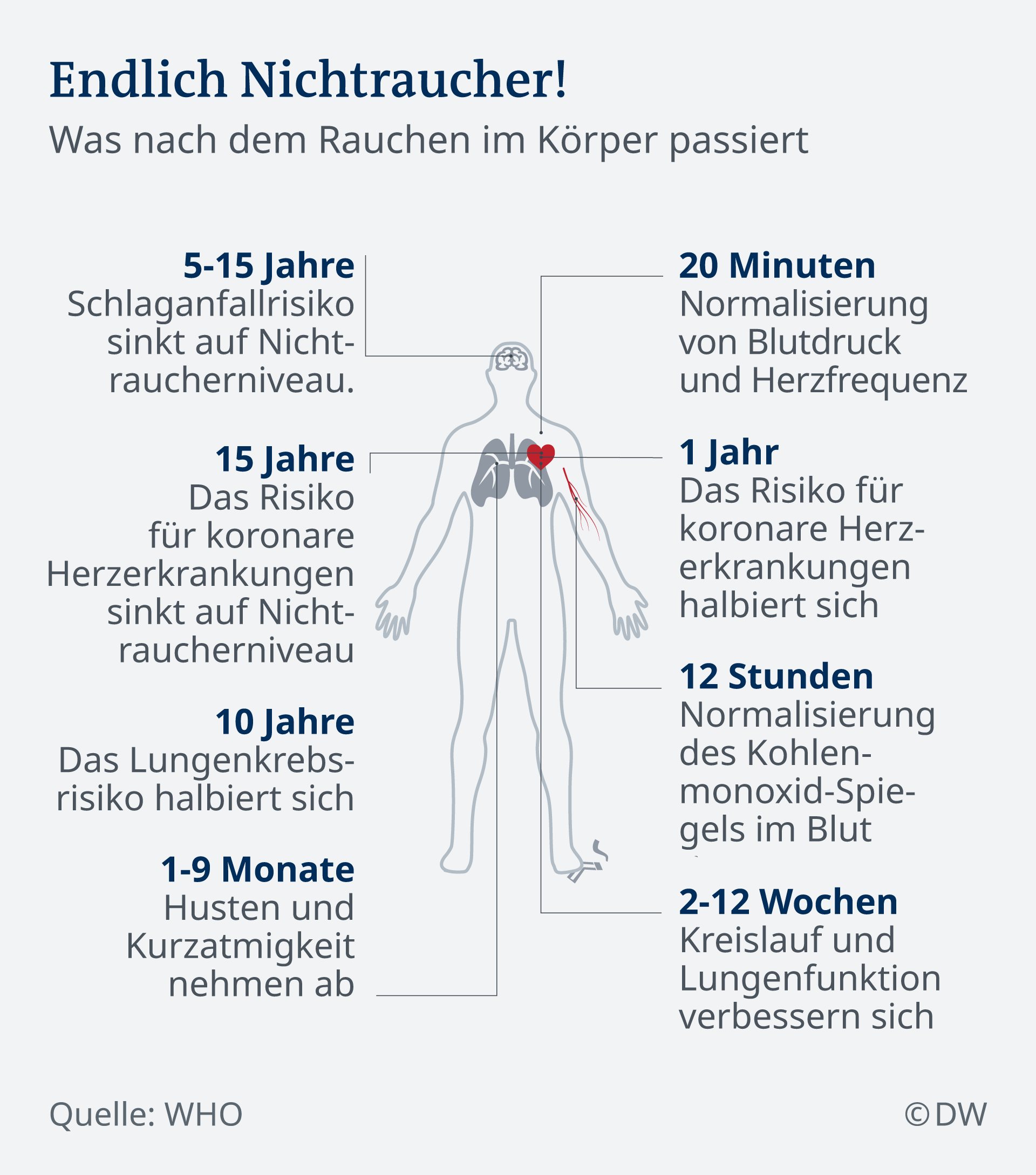 TherapistTraumatologist-orthopedistTrichologistUltrasound (ultrasound examination)UrologistPhysiotherapistPhlebologistSurgeonSurgical operations under the compulsory medical insurance policy of the Moscow RegionEndocrinologistAesthetic gynecologyClinics. Smolensk. Taganskaya. Street 1905 years. Red Gates. AvtozavodskayaPharmacy. Glades. Sukharevskaya. st. Academician Yangelam. Frunzenskaya Zelenograd
TherapistTraumatologist-orthopedistTrichologistUltrasound (ultrasound examination)UrologistPhysiotherapistPhlebologistSurgeonSurgical operations under the compulsory medical insurance policy of the Moscow RegionEndocrinologistAesthetic gynecologyClinics. Smolensk. Taganskaya. Street 1905 years. Red Gates. AvtozavodskayaPharmacy. Glades. Sukharevskaya. st. Academician Yangelam. Frunzenskaya Zelenograd
Sorokin Maxim Vladimirovich
psychotherapist
reviews
Make an appointment
Clinic
Frunzenskaya metro station
HARM OF SMOKING FOR THE HUMAN BODY
Ministry of Health of the Astrakhan Region
Center for Medical Prevention
HAZARD OF SMOKING FOR THE HUMAN BODY
In modern society, smoking is a common habit among various groups of the population, including women, adolescents and even children.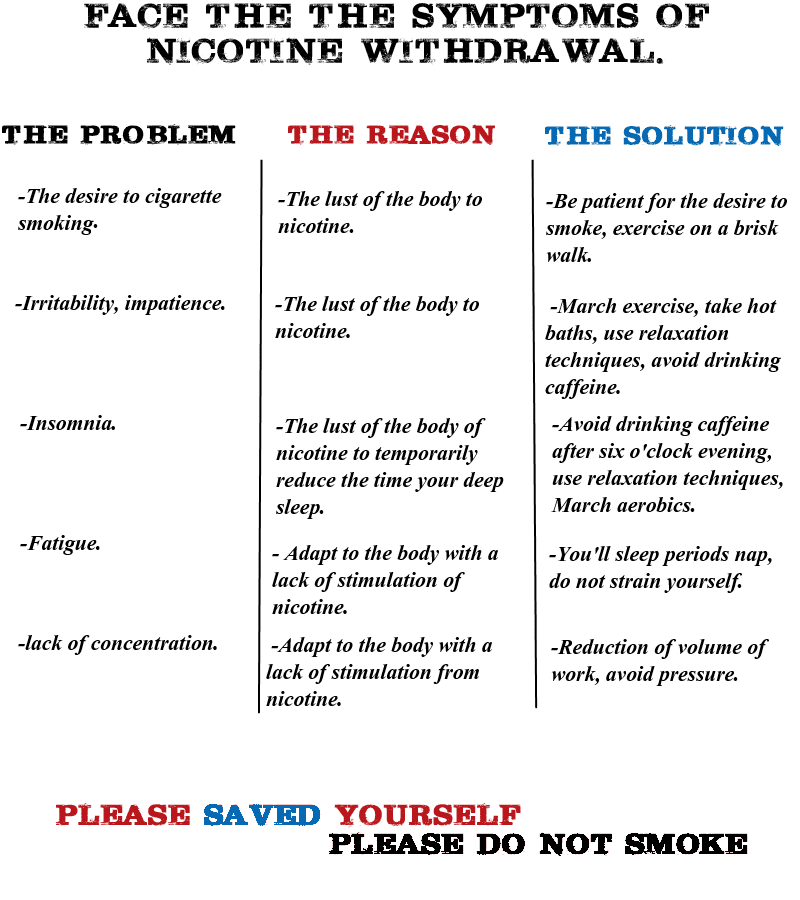 Tobacco smoking is an addiction that affects a large number of people and is a household drug addiction.
Tobacco smoking is an addiction that affects a large number of people and is a household drug addiction.
This dependence is based on a biochemical process that occurs in the human brain and, with repeated repetition, forms a strong cause-and-effect relationship “cigarette-pleasure” both at the physiological and psychological levels.
The need for smoking is especially acute after eating, drinking, with negative emotions and during hard work. At the same time, a cigarette is a distracting factor: switching consciousness to it helps to push away unpleasant thoughts and interrupt hard work. Nicotine is a toxic substance for the human body. Its lethal dose for humans is 0.08 mg. In addition, at the moment when the smoker inhales, the temperature at the tip of the cigarette reaches 600 about C. At the same time, extremely harmful substances are activated and enter the body: carbon monoxide (carbon monoxide), hydrocyanic acid, ammonia, arsenic, radioactive polonium, lead, bismuth and other chemical compounds that can cause damage to internal organs and systems.
Already 10 seconds after inhaling cigarette smoke, nicotine enters the brain and binds to nicotinic receptors, located on neurons. This results in the release of a neurotransmitter responsible for pleasurable sensations and an important part of the brain’s reward system. But already 10-30 minutes after smoking, the levels of nicotine in the smoker’s body decrease, causing nervousness, anxiety, aggression, impaired concentration, irresistible craving for a cigarette, increased appetite, weight gain and others.0263 “withdrawal symptoms” of nicotine which last up to 3 months and are a common cause of “relapses” when trying to quit smoking.
In our country, almost a third of the total population aged 15 and over smokes. According to the All-Union Laboratory for the Problems of Tobacco Smoking, it is known that out of 100% of systematic smokers, only 5-7% have a habit of smoking, and 93-95% have tobacco dependence – this is a chronic disease that has legal citizenship in the International Statistical Classification of Diseases , injuries and causes of death. 9
9
At present, it is generally accepted that the level of health of a modern person depends on 50-55% of the lifestyle, including the so-called , bad habits, among which the leading place is occupied by smoking. Every year, 5 million people die from tobacco worldwide. Every day in Russia alone, nicotine claims about 1,000 lives. It has been proven that the life of a person with nicotine addiction is 9years shorter than a non-smoker. However, a smoker does not become a sick person overnight. The transition from health to illness is not sudden. While smoking a cigarette in the human body, the pressure rises sharply, the number of heartbeats increases, and the blood vessels constrict. In order to push blood through narrowed vessels, the heart is forced to work with great tension, which gradually contributes to the development of coronary heart disease. Smoking affects the brain, endocrine glands and other internal organs. In moments of imaginary pleasure from a cigarette, the body experiences real stress, which irreparably affects a person’s health in general.
In moments of imaginary pleasure from a cigarette, the body experiences real stress, which irreparably affects a person’s health in general.
Smoking may cause:
– respiratory problems;
– oncological diseases;
– cardiovascular diseases;
– diseases of the gastrointestinal tract;
– infertility, impotence, etc.
Effect on the heart
Under the influence of nicotine, the heart of a smoker can make several thousand more contractions per day than that of a non-smoker. Nicotine can narrow blood vessels and increase the risk of atherosclerosis.
Smoking is especially dangerous for women and children. For example, women who smoke a pack of cigarettes a day are 6 times more likely to develop HEART DISEASE than those who have never smoked. And in men who smoke, they increase 3 times.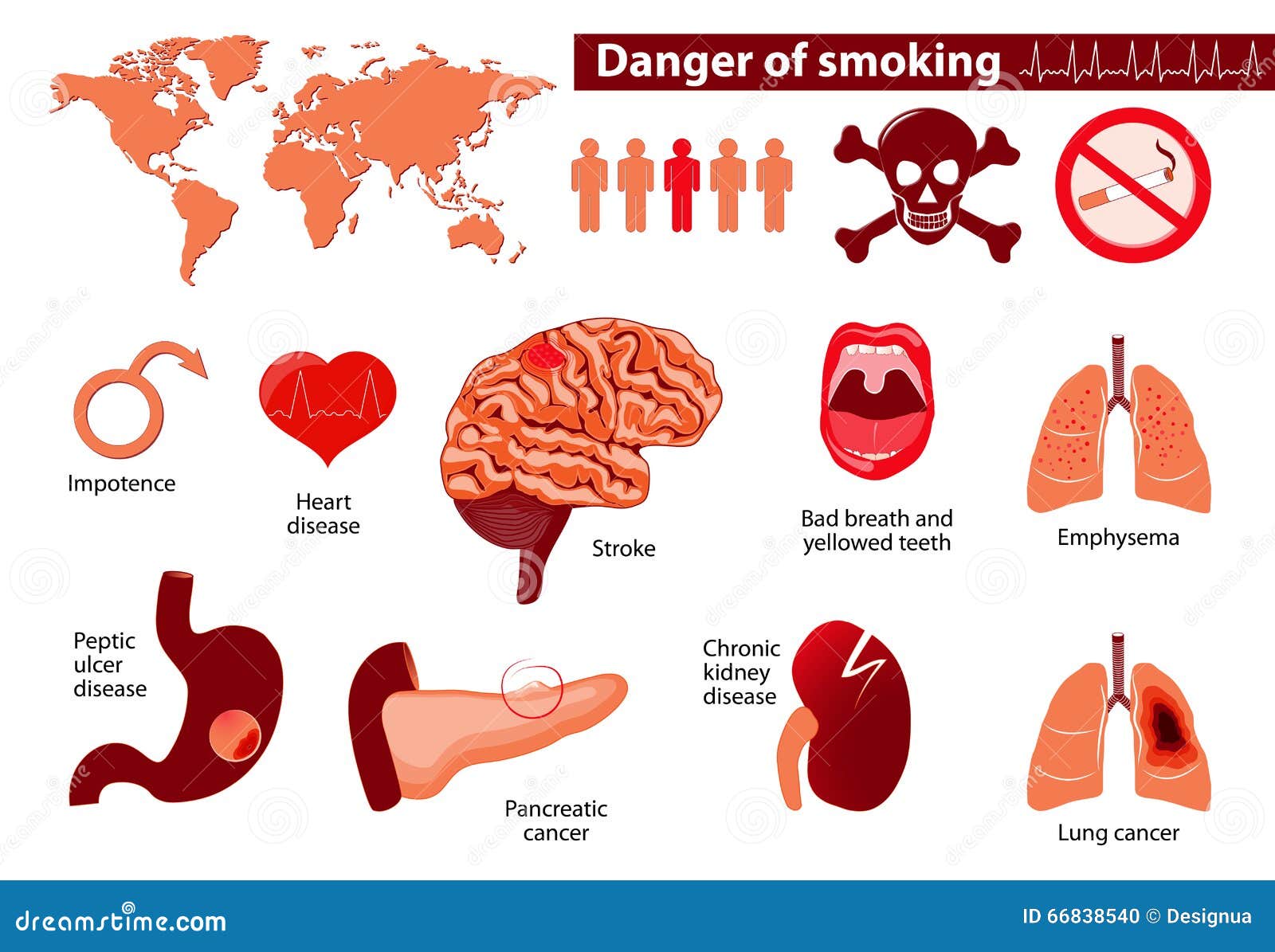
Smoking causes more than 80% of all deaths from coronary artery disease in men aged 35-44 years and 27% in men aged 45-64 years. A study of risk factors showed that smokers have a sharp increase in the risk of angina pectoris (2 times), myocardial infarction (2 times), coronary artery disease (2.2 times), sudden death (4.9 times).
Smokers are much more likely to die at a young age than non-smokers. Men under the age of 45 who smoke more than 25 cigarettes a day are 10 to 15 times more likely to die from acute heart attacks than non-smokers of the same age. The average age of people who died suddenly from heart attacks in non-smokers is 67 years, in smokers – 48 years. Nearly 20 years shortens his life, a man because of cigarettes. Smoke inhalers are also at greater risk, along with non-smoker smokers.
There is no need to remind once again that if bad habits have already appeared, in order to preserve the working capacity of the heart, it is worth breaking up with them forever as soon as possible.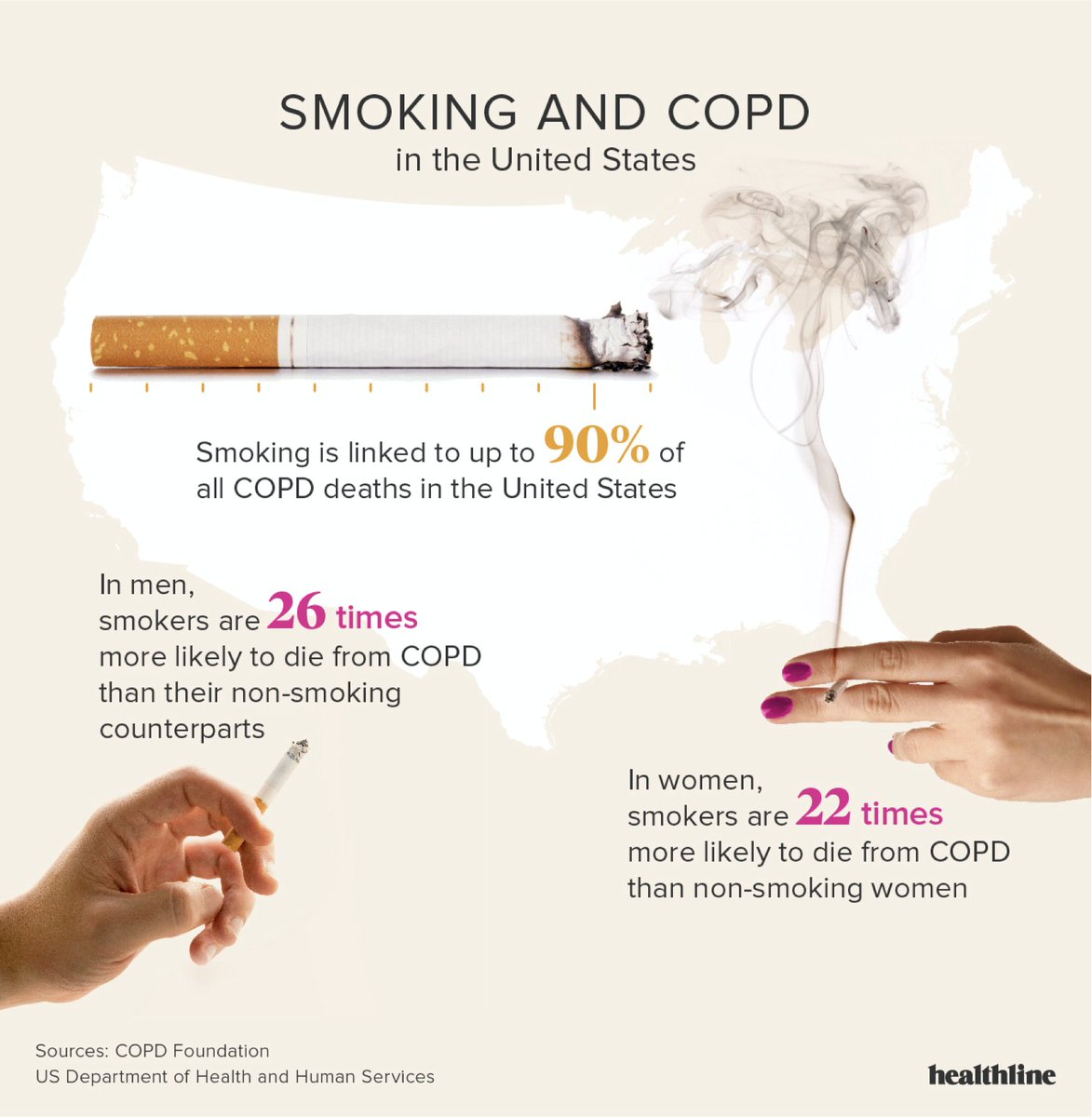
Smoking cessation is usually accompanied by various “withdrawal symptoms” of nicotine. For people who decide to quit smoking, you should arm yourself with simple tips to cope with “withdrawal symptoms”:
- If you have an increased appetite, eat small meals, snack on vegetables and fruits instead of cookies and chips, drink as much water as possible.
- If you have a craving for smoking, distract yourself with another activity: eat an apple, walk down the hallway or go out into the fresh air, call a loved one.
- Enlist the support of friends and family to keep you motivated.
- To maintain emotional balance, do physical exercises, yoga (if there are no contraindications from a doctor).
- Replace coffee with juices and herbal teas if you have trouble sleeping.
- Avoid familiar situations and places where you are accustomed to smoking.
Advice to friends and family:
- Remind the smoker of the dangers of smoking for his health and for the health of those close to him.

- Never create a comfortable environment for smoking.
- Do not give a smoker nice “smoking” accessories (expensive cigarettes, lighters, ashtrays).
- Help the smoker to quit smoking.
To preserve your health and the health of loved ones, the fight against smoking should be active and should be started as early as possible.
Harm of smoking for the female body
smoke a couple of cigarettes a day, or even more. First of all, nicotine degrading affects the reproductive system. It is not in vain that most miscarriages, complications during pregnancy and childbirth, happen in smoking girls, and infertility is an “occupational” disease of every second smoker.
Smoking causes great harm to the body of a pregnant woman and fetus. After a cigarette smoked by a pregnant woman, a spasm of the blood vessels of the placenta occurs, and the fetus is in a state of slight oxygen starvation for several minutes! With regular smoking during pregnancy, the fetus is in a state of chronic oxygen deficiency almost constantly.

 When we eat like this, we eat more. When you quit smoking, make a point of removing distractions when you eat. Also try eating a bit slower and focus on enjoying your food. This can help you notice when you are getting full.
When we eat like this, we eat more. When you quit smoking, make a point of removing distractions when you eat. Also try eating a bit slower and focus on enjoying your food. This can help you notice when you are getting full.


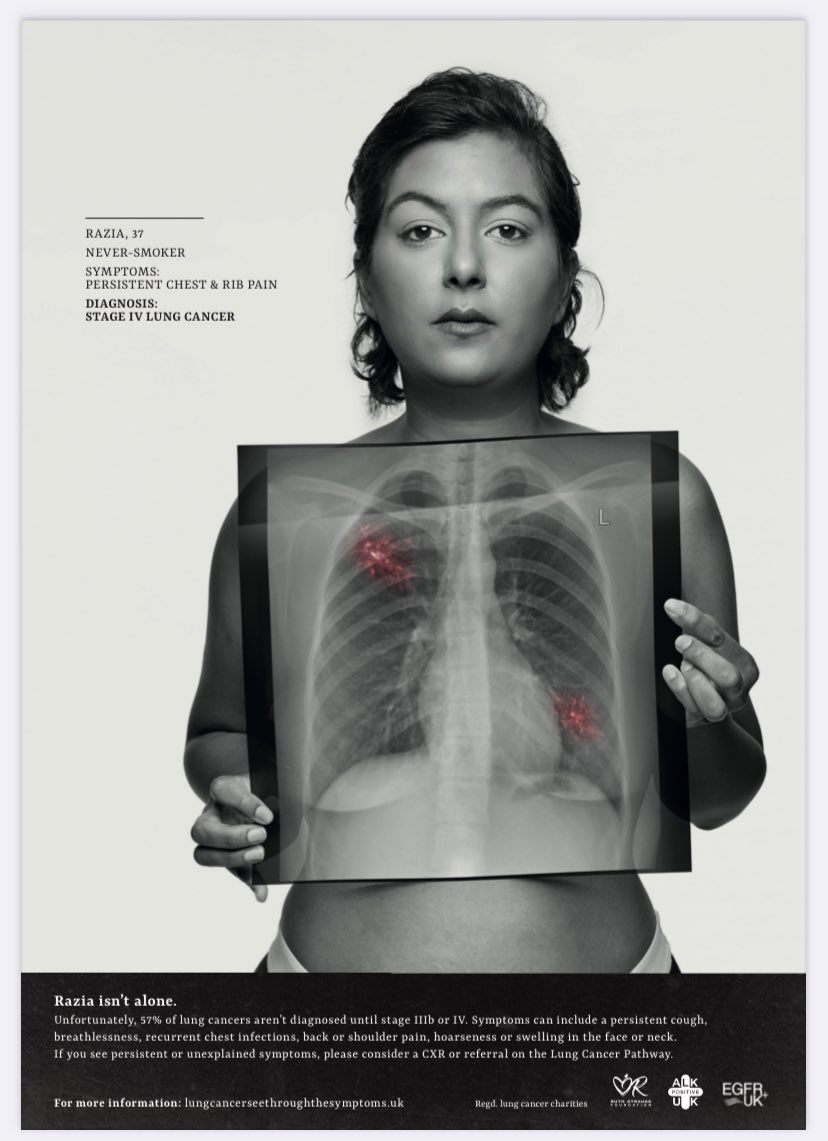
/what-to-expect-from-nicotine-withdrawal-22467_final-6aecc041c2bd4ae5b07bef28c8476b93.png)